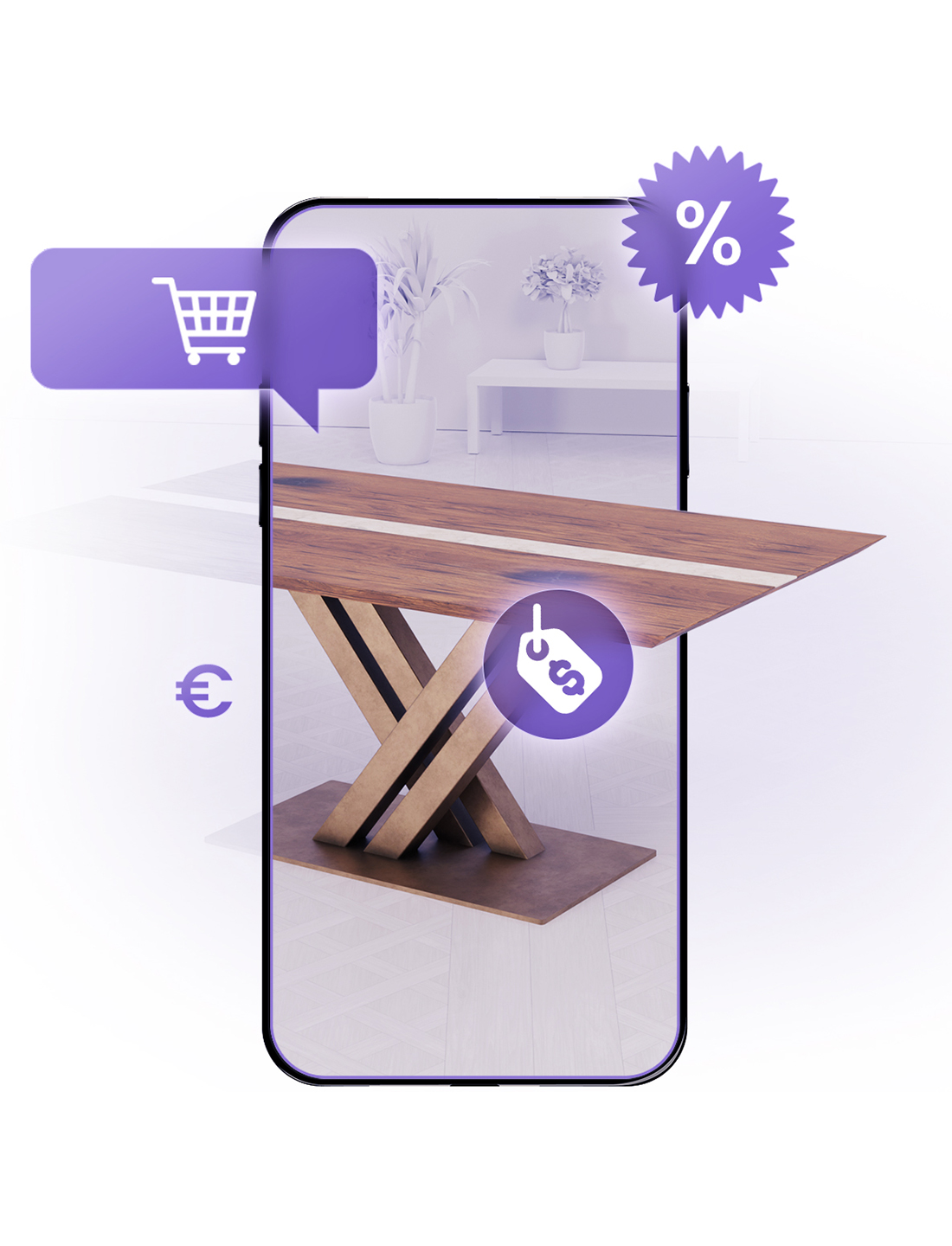The e-commerce industry continues to grow and develop, so online retailers are constantly looking for new ways to improve the customer experience, increase conversion rates, and stay ahead of the competition. During the time of e-commerce, several features have emerged in e-commerce platforms, but in 2023 some of the features became a must-have.
Realistic and Detailed Product Representation
Full 3D product representations allow online retailers to showcase their products with unrivalled realism and detail. Traditional product images can be limiting, often failing to convey the true texture, shape and size of an item. With 3D viewers, customers can rotate, zoom in and view products from any angle to gain a full understanding of their features. This level of detail promotes confidence in the product and minimises the risk of customers being dissatisfied and returning the product.
A CPQ (Configure, Price, Quote) system
In the fast-growing world of e-commerce, providing customers with a seamless and personalised shopping experience is critical. One key feature that is changing the way companies sell products online is the CPQ (Configure, Price, Quote) system. By integrating CPQ into e-commerce platforms, companies can enable their customers to configure products according to their individual preferences, get accurate pricing information, and create customised quotes instantly.
Accurate pricing and product configuration
CPQ’s integration with e-commerce platforms ensures that customers receive accurate pricing information based on the configurations they choose. This eliminates confusion and misunderstanding as the system calculates the price in real-time, taking into consideration all relevant factors such as options, discounts and special offers. Customers can make informed decisions knowing the exact cost of the configured product.
Augmented Reality (AR)
AR technology has the potential to revolutionise the way customers shop online. By 2024, e-commerce platforms should include AR that allows customers to visualise products in a virtual environment, try on virtual outfits, or examine furniture in their homes. AR eliminates the need for customers to go to a retail store to see the quality of a product before buying. An AR feature also shows potential customers how much you care about optimising the customer experience, which is likely to build more trust and lead to more sales. This all-increases customer loyalty, reduces return rates, and increases overall customer satisfaction.
This is a year when e-commerce platforms must prioritise the integration of innovative features to meet the needs of online shoppers. Through constant innovation, companies can improve the customer experience, increase conversion rates, and gain a competitive edge in the dynamic e-commerce landscape. Staying current with the latest trends and technologies will be crucial for e-commerce platforms to succeed in 2023 and beyond.








